'THIS MEMORIAL STONE
WAS LAID BY
J.J. COLMAN ESQ. MP
OF NORWICH
ON THE ? OF MAY 1892.
-
[unreadable small text: probably builder's name]'
Jeremiah James Colman (14 June
1830–1898) was an English mustard manufacturer and the third member of
the family in charge of the eponymous company Colman's. He was a
popular philanthropist in his home town of Norwich and a Liberal
politician who represented the city in parliament. In 1866 Jeremiah
James Colman was appointed mustard maker both to Queen Victoria and to Napoleon III of France. He
became Mayor of Norwich and championed nonconformity,
and persistently urged religious freedom.
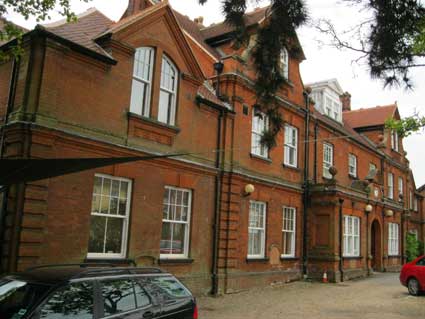
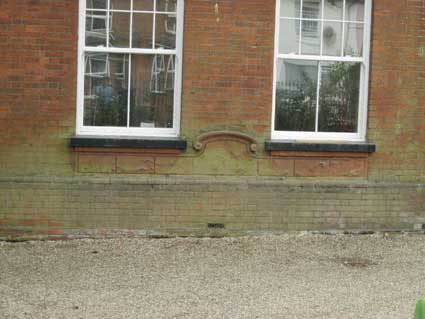

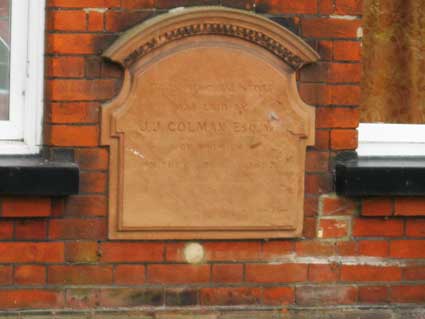
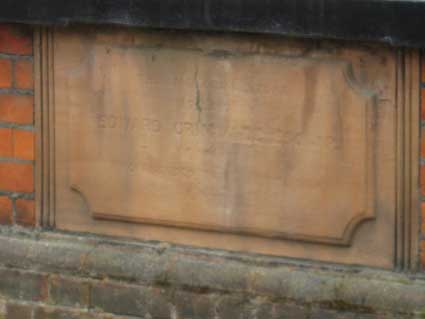
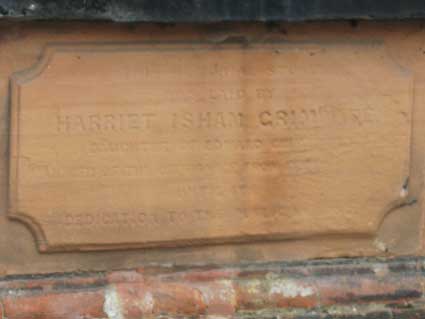

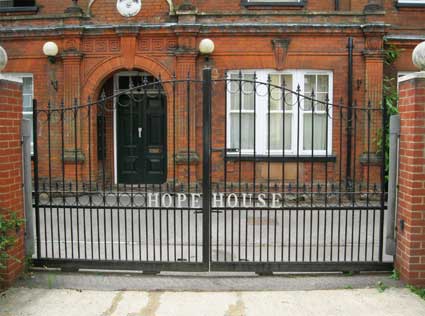

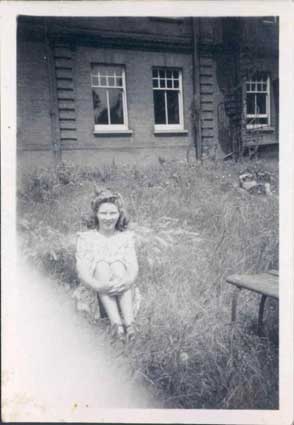 B.
B. All
photographs courtesy Kara Lynn
All
photographs courtesy Kara Lynn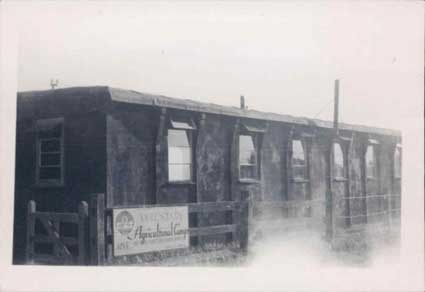 D.
D.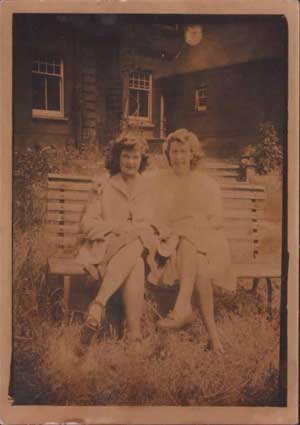
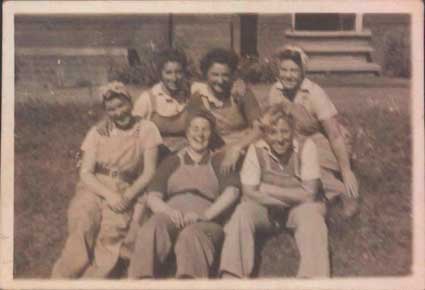 F.
F.
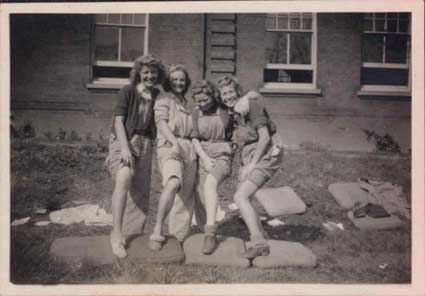 H.
H.
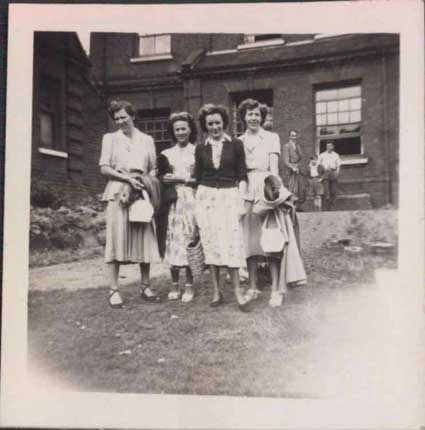
 (1990s
image courtesy The Ipswich Society)
(1990s
image courtesy The Ipswich Society)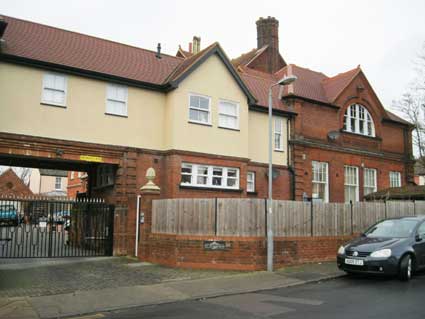
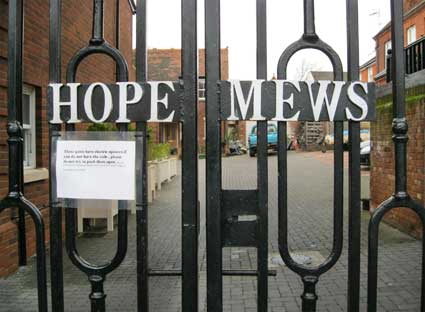 2015 images
2015 images